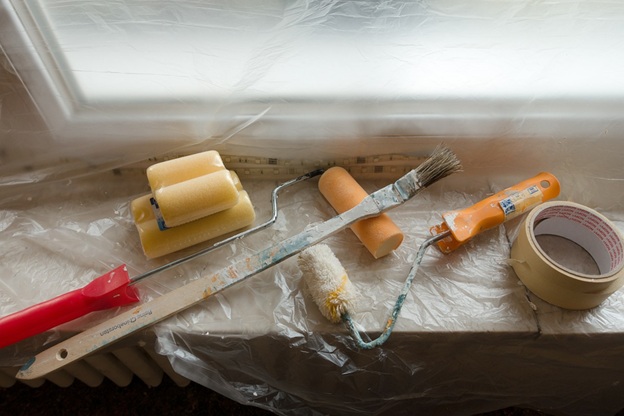For seniors looking for a new venture, house flipping offers a compelling blend of creativity…

These days, home financing options are plenty. No matter your credit situation, you have many choices when it comes to purchasing a home. One option that doesn’t get a lot of attention is renting-to-own.
Rent-to-own is also known as a lease purchase. It’s a contract between you and the seller that sets a closing date at a future, mutually agreed-upon closing date. Often, the closing date is set sometime between one and three years in the future.
Contract
The buyer and seller create a contract that specifies a purchase price for the home at market value, or even a little higher, to allow for anticipated increases in market value.
Any increase in the home’s value at the time of closing goes to the buyer, making this home financing option a nice bonus to buyers.
The buyer signs a traditional lease and pays monthly rent to the homeowner, who acts as the landlord in the lessor/lessee contract. With this structure, the buyer can move into the home immediately. Lease option agreements assign a percentage of the monthly lease payment to the home purchase price.
You should understand that typical rent-to-own agreements specify that you will lose any monies paid toward the purchase price of the home if you do not eventually purchase it. The buyer is also responsible for home maintenance and upkeep while living in the home.
Benefit
If your credit is less than perfect, the big benefit of renting-to-own home financing is that don’t have to depend on a bank to get into a home. You also have one to three years to improve your credit so that you can obtain better mortgage rates or other funds with which to purchase your home.
Additionally, a rent-to-own program allows you to build sweat equity in your home. You’re responsible for the upkeep of your home, so any improvements or modifications you make improve the equity in the home that you’re purchasing.
Another perk is locking in a purchase price. No matter how much you improve the value of the home, the seller will honor the original purchase price, so you will reap the benefit of owning a more valuable home.
Risks
- Forfeiting Money. If for any reason you fail to obtain either a mortgage or the funds to purchase the property at the end of the lease agreement, you will lose any money and time you invested in the home.
- You Don’t Officially Own the Home. The seller could stop paying mortgage payments or taxes and end up with liens on the home. This means that you could potentially lose the investment you’ve made in the home.
- Late Payments. You must be diligent in paying your landlord on time every month. In traditional lease agreements, you could lose your security deposit if you’re late on your rent. With a rent-to-own home financing option, you stand to lose the money you’ve invested in the home, plus any equity that you build while you’re there.
- Falling Property Value. You might not be able to re-negotiate the selling price of the home if the real estate market falls.
The Bottom Line
There’s a lot to consider when renting-to-own. You will need to research the contract to ensure that you understand the purchase price, the option fees and rent payments, and potential default if terms either party breaches the lease terms.
Depending on your financial situation, the benefits may far outweigh the cons. A lease agreement gives you time to repair and rebuild your credit so that you can obtain an affordable mortgage.
Buyers and sellers can benefit from rent-to-own home financing options. As with any major financial transaction, it’s essential that both parties understand all the details of the agreement. Check with your attorney to ensure you understand the legalities of rent-to-own.


